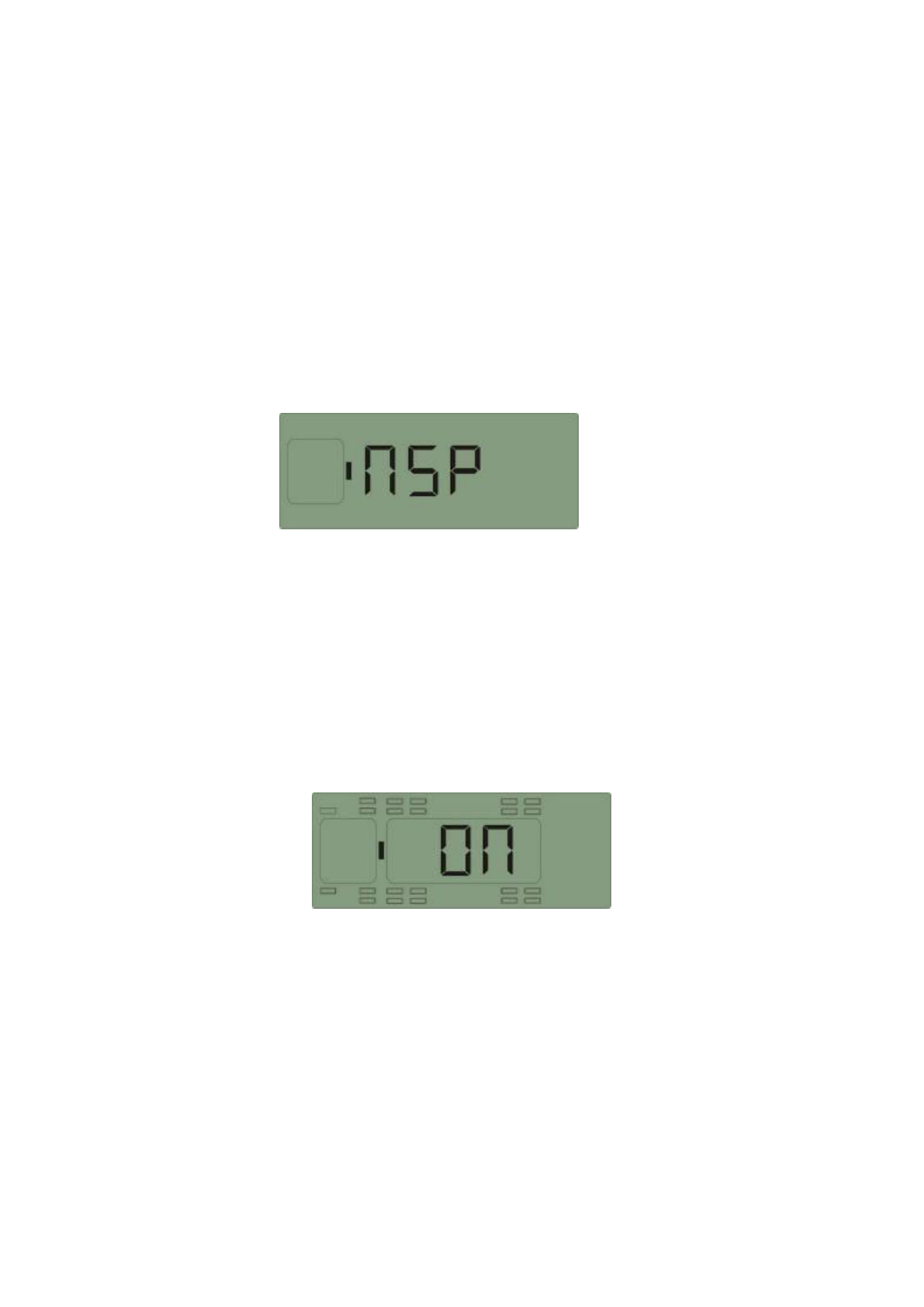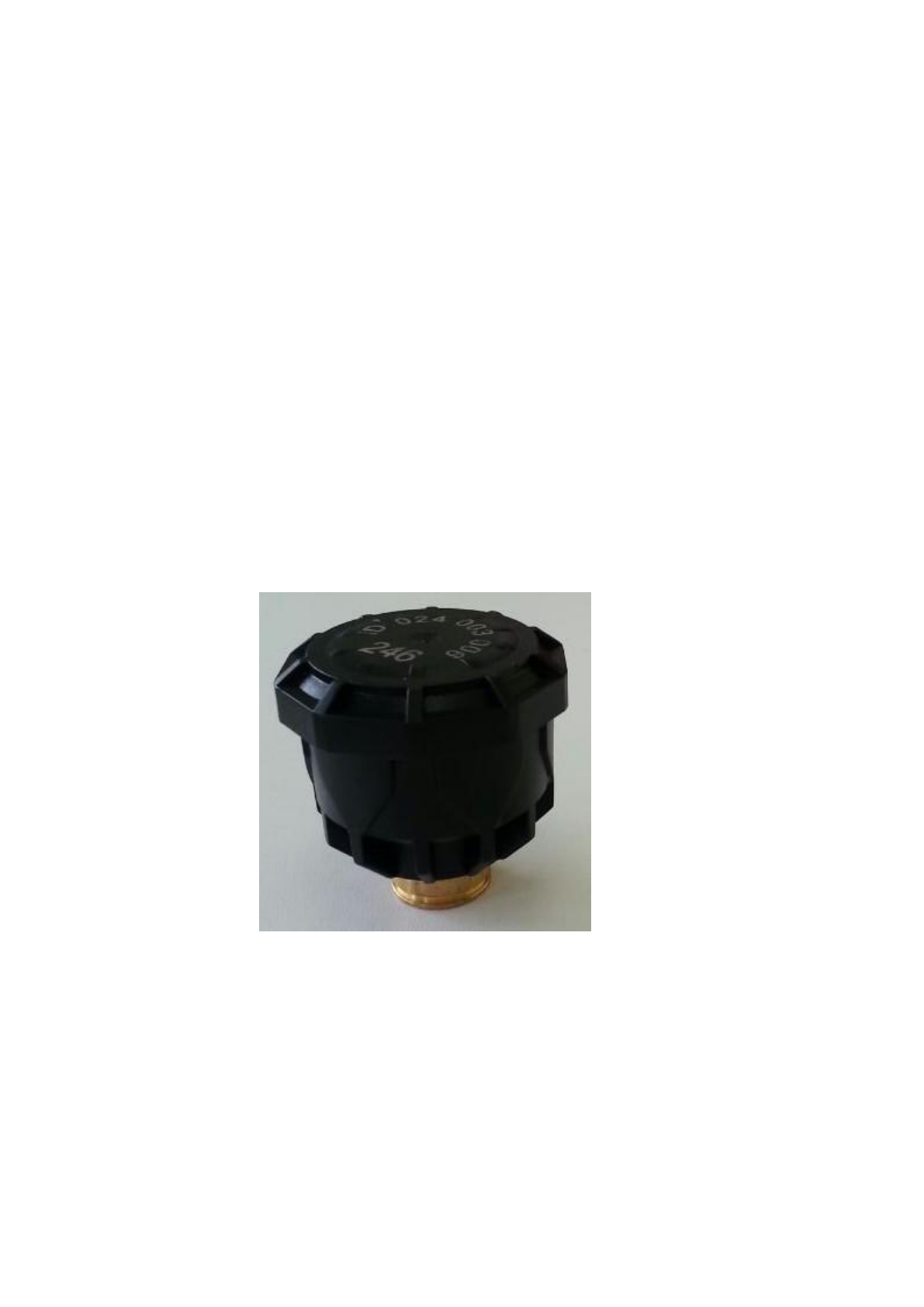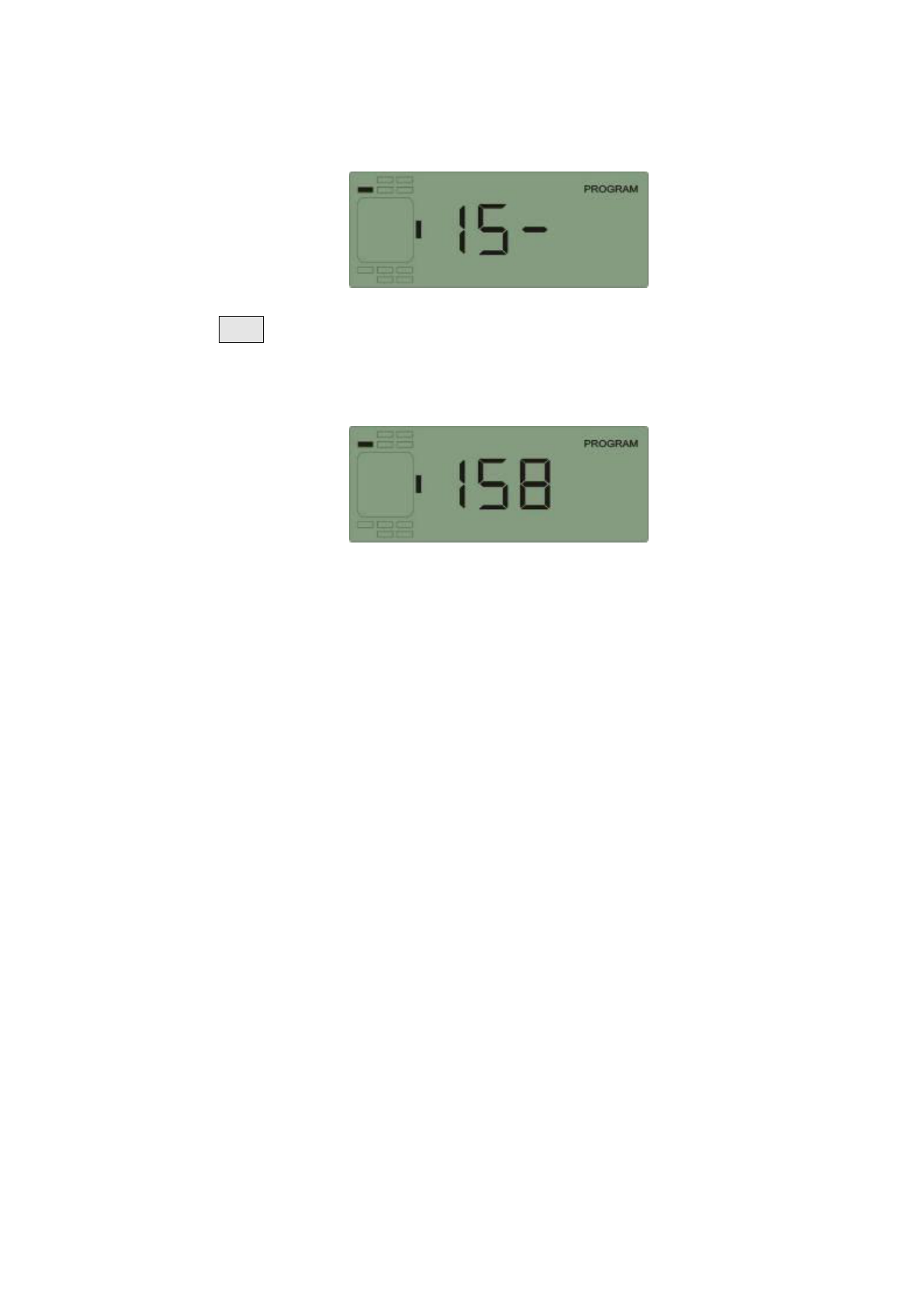DORAN OTRSOR Tyre Pressure Monitoring System User Manual Installation Of Transmitter
DORAN MANUFACTURING, LLC. Tyre Pressure Monitoring System Installation Of Transmitter
DORAN >
Users Manual

Tyre Pressure Monitoring System (TSE30)
User Manual
Before install the transmitter, make sure the transmitter has been
programmed into the monitor, which is under normal mode. If the
transmitter are not programmed or programmed but didn't receive the
signal, the screen display “NSP”.
When the transmitter is screwed onto the valve according to the
programmed position, the monitor can receive the signals and then
display the transmitter location icon, pressure, temperature information
on the screen. When all of information were received by the monitor and
the information are all normal, the screen display “ON”.
Tranmitter Installation Steps
1. Remove the current tire valve cap.
2. Inflate the tire to the standard pressure recommended by the
manufacturer or pressure needed by the user.
3. Screw the transmitter onto the tire valve.
4. Check the connection of Transmitter and valve with the soap solution

to confirm whether the transmitter is firmly screwed onto the valve or
not, check whether there is air leakage caused by the installation or the
seal of the Transmitters or not.
5. Once screwed onto the tire, transmitter can sense the pressure inside
the tire and transmit the data to the monitor, and the information will
appear on the screen within 6 minutes.
Note: 1. Please set the standards pressure of each tire on monitor before
install the transmitter. The standard pressure has been set
to100PSI in factory.
2. If one of your transmitters is broken or lost, the user only needs to
replace it, others will work as normal.
Programming of Transmitter ID
When the Monitor is powered for the first time, the screen shows
“NSP”, which means there is no transmitter programmed into it. If the
user wants to program a new transmitter into the Monitor, the operation

should be finished in programming mode. At this time, make sure the
transmitter to be programmed has not been screwed onto the valve yet
until the programming has been finished and the Monitor returns to
normal mode.
Each transmitter has 4 groups of ID, for example when program the
transmitter with ID of 001 001 001 158 to front right tire position, the
user only needs to input the last 3 digits “158”. Monitor will record the
rest 3 groups of ID automatically.
1. After powered the Monitor and the screen displays “NSP”, press P for
3 seconds to access the system programming mode, the first interface
is for ID programming as shown below:
2. Press any of the four arrow keys to choose the transmitter position
which needs to be programmed.
3. Then press S for 3 seconds to start programming and the digit flashes,
then press up or down arrow key to adjust the value.
4. Once finish programming of the first digit, press → to start
programming the second digit which flashes. Press up or down arrow

key to adjust the value.
5. Press → again to program the third digit which flashes. Press up or
down arrow key to adjust the value.
6. When finish programming these 3 digits, press S for 3 seconds to save
with the screen flashes twice, beep buzzes twice. Then it will
automatically switch to next tire position.
7. Follow the above operations to program ID of other transmitters.
Transmitter
Modulation Type: FSK
Mid-frequency: 434.1 MHz
Transmitting Power: 0 dBm
Input Voltage: 3.6V (Battery)
Static Current: < 0.7uA
Operating temperature range: -40℃~125℃
Storage temperature range: -40℃~125℃
Transmitter weight: 25 g

Federal Communications Commission (FCC) Interference Statement
This device complies with Part 15 of the FCC Rules. Operation is subject to the following
two conditions:
(1) This device may not cause harmful interference, and (2) this device must accept any
interference received, including interference that may cause undesired operation.
FCC Caution: Any changes or modifications not expressly approved by the party
responsible for compliance could void the user’s authority to operate this equipment.
RF exposure warning
This equipment complies with FCC radiation exposure limits set forth for an uncontrolled
environment.